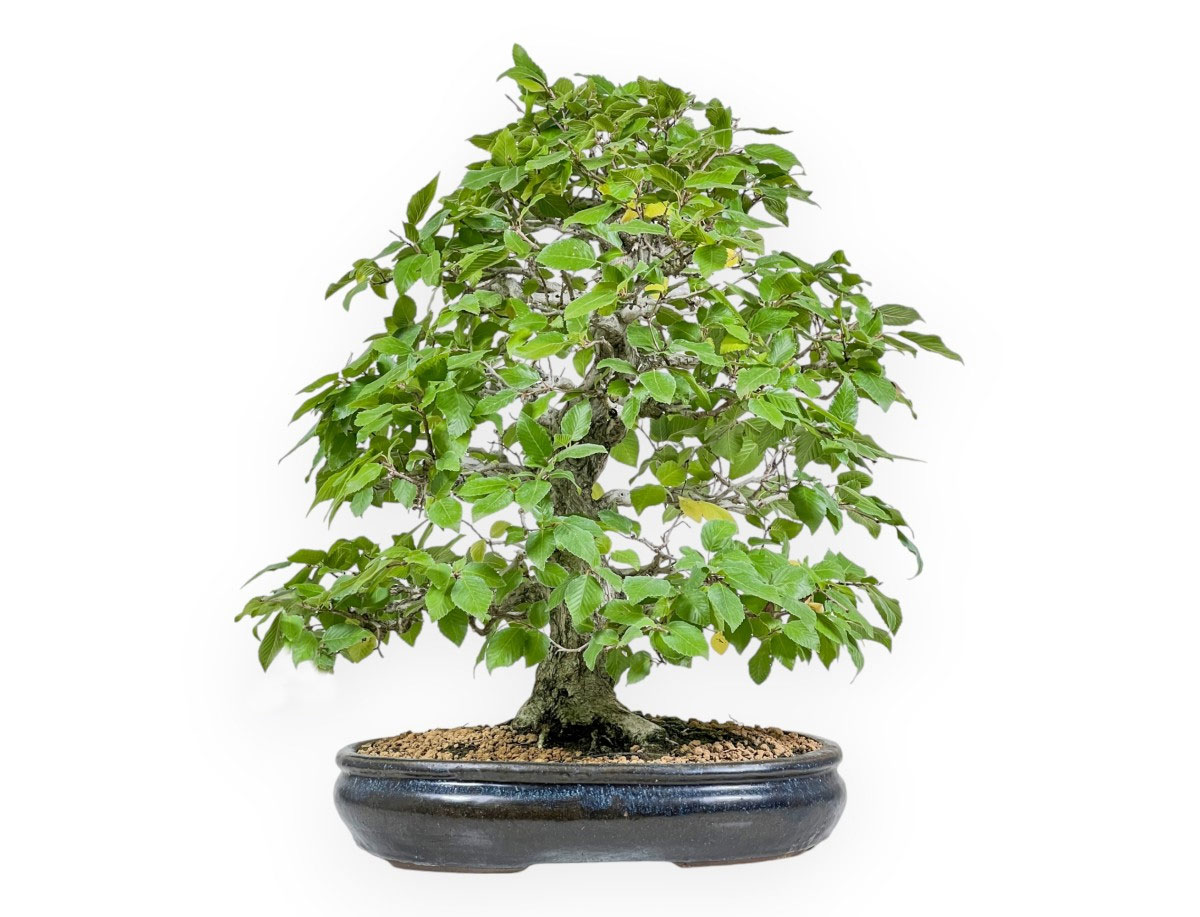- Details
Anticipating to pruning your Japanese Maple right on time? This is one of the best autumn maintenance tutorials on Acer palmatum bonsai I have seen to date. Graham Potter of Kaizen Bonsai shares meticulously why the timing is so important and how to pay attention to pruning, detailing his vision of long term development of his tree.
Why should we prune our Japanese Mape right before leaf drop ?
Graham Potter: "the reason to prune the tree right before the leaves naturally drop is because we've got a few weeks where it's not going to be typically cold. So even if the tree has no leaves, the roots are still actively pushing nutrients into the tree and the buds. For that reason, the growth in the spring will be much more even. This is the benefit of this pruning."
- Details
October Care
October is one of the rare time slots where the sap flow on two needle pines is low and the tree can be needle plucked.
Do keep in mind that the preferred time for major pruning work is mid summer. In our time zone that is July.
- Details
General Information
 Hornbeam bonsai come in a variety of species. From the Betulaceae family of trees, this deciduous species is gracious with light green foliage and a smooth, muscle-like, grey colored bark. It is reportedly difficult to transplant from a field nursery.
Hornbeam bonsai come in a variety of species. From the Betulaceae family of trees, this deciduous species is gracious with light green foliage and a smooth, muscle-like, grey colored bark. It is reportedly difficult to transplant from a field nursery.
Ironwood is a common name for hornbeam. The name ironwood comes from the ancient times when they used carpinus wood to build ships.
During spring, it produces wind-pollinated pendulous catkins flowers. Hornbeam is monoecious, meaning the male and female flowers are on sperate catkins, but on the same tree.
In general, the hornbeam is a slow growing tree. The leaves will turn yellow, orange and red in the fall and will turn brown when dry. The brown leaves will often stay attached in the winter season.
Six species are popular as bonsai. Two of them are known as Korean hornbeam, while one is known as the European Hornbeam or Common Hornbeam. Two are Japanese Hornbeam and one is the American Hornbeam.



